[안심]Here's A Little-Known Fact About Car Accident Claims
45
2023.03.05 04:10
짧은주소
본문
What Types of Car Accident Claims Are Available?
You may be entitled to compensation if you were involved in a car crash. Damages that are covered by car accident insurance depend on the type of insurance you have. Certain policies cover drivers who are not insured while others cover third-party accidents. Learn more about each type of insurance to ensure you're covered to make an insurance claim.
local car accident attorney accident insurance
You'll need to be aware of what your insurance will cover if you're involved in a collision. Collision coverage covers damages to your vehicle as well as medical expenses. If the other driver does not have enough insurance, underinsured motorist coverage will be able to cover damage to your vehicle. If you cause an accident, the underinsured motorist coverage will cover the damage to your vehicle. It will also cover your vehicle's repair costs up to the value of the vehicle. If you are concerned of being in an accident, you may also purchase uninsured motorist coverage.
In addition to bodily injury protection, you can also use your no-fault car insurance policy to cover your injuries and lost income. If the accident was your fault your insurance policy will cover the cost of medical expenses and lost income up to $50,000. This insurance is only available for the first three years after the accident.
In certain instances you might not have to fill out additional paperwork to file a claim to repair damage to your vehicle. This type of claim is distinct from the personal injury claim. It may also include wrongful-death claims. Damage to property claims can be filed for damage to your vehicle or other valuables.
Collision insurance is crucial for protecting your car against expensive damage. Your lender might require you to have collision coverage. However, you should be aware that collision coverage depreciates twice more quickly than comprehensive coverage. Therefore, it is recommended to opt for comprehensive coverage if your vehicle is worth quite a bit.
Your insurance policy will protect you even if you're not the cause of an accident. It will pay your medical expenses, lost wages, and certain other reasonable expenses caused by the accident. This type of insurance will pay for car claim up to $50,000 in expenses. It also covers passengers and pedestrians if they are injured.
If you are not the driver who caused the crash, it's best to make a claim through the insurance company of your own vehicle. You can make a claim even if you didn't own the vehicle that was at fault.
The insured motorist is responsible for the damages covered by his coverage
You can file a claim through your insurance policy for damages if another driver didn't have enough insurance. The first step is to notify your insurer. To determine whether they are covered, you should also inform your own insurance company. Your insurance company will be in a position to provide you with options if they do not have coverage.
If the accident was fatal, the surviving family members can seek compensation through liability coverage. This type of claim is often overwhelming for a surviving family member. If the other driver is not insured the driver is likely to accept less than the policy limit.
Underinsured motorist insurance can protect you from huge medical expenses in the United States. It can also stop garnishment of wages. This is a minor but essential supplement to your car insurance policy. If you don't have insurance and wish to safeguard your assets from major problems in the future This coverage is worth looking into.
In some states the policy of uninsured motorists also applies to drivers who have been hit-and-run. This type of insurance will pay for any property damages caused by the other driver. It may also cover the costs of repair or replacement of your vehicle. If you've been injured or the other driver was not insured, you may file an insurance claim.
The amount you can receive under an underinsured driver insurance policy will be contingent on the insurance coverage of the driver who is at fault. New York law requires drivers to carry insurance coverage of at least $10,000 in property damage and $25,000 for bodily injuries. If the at-fault driver's insurance policy is exhausted the insurance coverage for underinsured motorists will begin to pay. However, it's not an assurance of compensation. In certain situations it might not be enough to cover medical expenses or Car claim other costs.
No-fault insurance will cover any damages
When you file a no-fault claim for a car accident, you don't have to prove that you are responsible for the collision. However, you are not guaranteed an amount of money. Additionally, no-fault insurance does not cover all types of damages. The amount of compensation available is therefore often very limited.
First, you must save any evidence of the accident. This may include photos or a police report. Contact the police and ambulance if you are injured. It is also helpful to collect as much information as possible at the scene.
If your insurance policy covers damages then you must submit a written declaration describing the specific circumstances of each incident. It is also necessary to include complete information about each person who was injured. Personal losses are covered under no-fault insurance. However, repairs to vehicles are not.
Damages that are covered by no-fault insurance could include medical expenses as well as lost income. Based on the laws of your state you might also be able to claim compensation for suffering and pain as long as you have an insurance policy for medical expenses. If the other driver is responsible, you will still need to pay for your own liability insurance.
If you are a driver or a passenger in a car accident in New York, you can make a no-fault claim in the event that the other driver is at fault. No-fault insurance is designed to protect both parties by ensuring that they receive their fair part. In New York, no-fault insurance will cover medical expenses up to $50,000.
Some states offer no-fault insurance, like New Jersey, Pennsylvania and Massachusetts. No-fault insurance limits the amount of compensation you can claim for significant damages. The system also gives you the option of escaping the no-fault program if you're involved in a major accident.
No-fault insurance will pay for medical expenses to the policy limit, and can provide compensation for lost wages as high as $2,000 per month. It also covers out-of-pocket expenses. No-fault insurance covers 80 per cent of the expenses that are incurred when you suffer injuries in a car accident. However, property damage claims are not covered under no-fault insurance, but they are able to be filed.
Third-party insurance covers damages
If you've been in an accident with a vehicle you may be wondering if your damages will be covered by insurance companies of third parties. The reason for third-party insurance is to pay for your medical expenses and treatment costs. However, it can also be able to cover your suffering and pain. If you've suffered pain or suffering as a result of another's negligence, you may be able to file claims for damages against that insurance company of the driver. You'll likely receive a lump sum settlement amount by the insurance company of the third party, and you'll need to decide whether the sum is sufficient to cover your injuries. If you feel that the offer is too low to be accepted, it is better to decline it. Also, make sure you do not sign any agreements that could limit your rights.
When you make an insurance claim, the third-party insurance company will pay you the actual cash value of your Car Claim that is called the "ACV." The insurance company will salvage your vehicle and pay you the ACV if it was damaged. You can use this money to buy an alternative vehicle or to repair your car.
The third-party insurance company will pay the cost of repairs to your vehicle. This distinction is crucial since third-party insurance claims differ from first-party claims. It is important to understand when it is appropriate to make a claim for third-party insurance and what evidence you should collect.
You may be entitled to compensation if you were involved in a car crash. Damages that are covered by car accident insurance depend on the type of insurance you have. Certain policies cover drivers who are not insured while others cover third-party accidents. Learn more about each type of insurance to ensure you're covered to make an insurance claim.
local car accident attorney accident insurance
You'll need to be aware of what your insurance will cover if you're involved in a collision. Collision coverage covers damages to your vehicle as well as medical expenses. If the other driver does not have enough insurance, underinsured motorist coverage will be able to cover damage to your vehicle. If you cause an accident, the underinsured motorist coverage will cover the damage to your vehicle. It will also cover your vehicle's repair costs up to the value of the vehicle. If you are concerned of being in an accident, you may also purchase uninsured motorist coverage.
In addition to bodily injury protection, you can also use your no-fault car insurance policy to cover your injuries and lost income. If the accident was your fault your insurance policy will cover the cost of medical expenses and lost income up to $50,000. This insurance is only available for the first three years after the accident.
In certain instances you might not have to fill out additional paperwork to file a claim to repair damage to your vehicle. This type of claim is distinct from the personal injury claim. It may also include wrongful-death claims. Damage to property claims can be filed for damage to your vehicle or other valuables.
Collision insurance is crucial for protecting your car against expensive damage. Your lender might require you to have collision coverage. However, you should be aware that collision coverage depreciates twice more quickly than comprehensive coverage. Therefore, it is recommended to opt for comprehensive coverage if your vehicle is worth quite a bit.
Your insurance policy will protect you even if you're not the cause of an accident. It will pay your medical expenses, lost wages, and certain other reasonable expenses caused by the accident. This type of insurance will pay for car claim up to $50,000 in expenses. It also covers passengers and pedestrians if they are injured.
If you are not the driver who caused the crash, it's best to make a claim through the insurance company of your own vehicle. You can make a claim even if you didn't own the vehicle that was at fault.
The insured motorist is responsible for the damages covered by his coverage
You can file a claim through your insurance policy for damages if another driver didn't have enough insurance. The first step is to notify your insurer. To determine whether they are covered, you should also inform your own insurance company. Your insurance company will be in a position to provide you with options if they do not have coverage.
If the accident was fatal, the surviving family members can seek compensation through liability coverage. This type of claim is often overwhelming for a surviving family member. If the other driver is not insured the driver is likely to accept less than the policy limit.
Underinsured motorist insurance can protect you from huge medical expenses in the United States. It can also stop garnishment of wages. This is a minor but essential supplement to your car insurance policy. If you don't have insurance and wish to safeguard your assets from major problems in the future This coverage is worth looking into.
In some states the policy of uninsured motorists also applies to drivers who have been hit-and-run. This type of insurance will pay for any property damages caused by the other driver. It may also cover the costs of repair or replacement of your vehicle. If you've been injured or the other driver was not insured, you may file an insurance claim.
The amount you can receive under an underinsured driver insurance policy will be contingent on the insurance coverage of the driver who is at fault. New York law requires drivers to carry insurance coverage of at least $10,000 in property damage and $25,000 for bodily injuries. If the at-fault driver's insurance policy is exhausted the insurance coverage for underinsured motorists will begin to pay. However, it's not an assurance of compensation. In certain situations it might not be enough to cover medical expenses or Car claim other costs.
No-fault insurance will cover any damages
When you file a no-fault claim for a car accident, you don't have to prove that you are responsible for the collision. However, you are not guaranteed an amount of money. Additionally, no-fault insurance does not cover all types of damages. The amount of compensation available is therefore often very limited.
First, you must save any evidence of the accident. This may include photos or a police report. Contact the police and ambulance if you are injured. It is also helpful to collect as much information as possible at the scene.
If your insurance policy covers damages then you must submit a written declaration describing the specific circumstances of each incident. It is also necessary to include complete information about each person who was injured. Personal losses are covered under no-fault insurance. However, repairs to vehicles are not.
Damages that are covered by no-fault insurance could include medical expenses as well as lost income. Based on the laws of your state you might also be able to claim compensation for suffering and pain as long as you have an insurance policy for medical expenses. If the other driver is responsible, you will still need to pay for your own liability insurance.
If you are a driver or a passenger in a car accident in New York, you can make a no-fault claim in the event that the other driver is at fault. No-fault insurance is designed to protect both parties by ensuring that they receive their fair part. In New York, no-fault insurance will cover medical expenses up to $50,000.
Some states offer no-fault insurance, like New Jersey, Pennsylvania and Massachusetts. No-fault insurance limits the amount of compensation you can claim for significant damages. The system also gives you the option of escaping the no-fault program if you're involved in a major accident.
No-fault insurance will pay for medical expenses to the policy limit, and can provide compensation for lost wages as high as $2,000 per month. It also covers out-of-pocket expenses. No-fault insurance covers 80 per cent of the expenses that are incurred when you suffer injuries in a car accident. However, property damage claims are not covered under no-fault insurance, but they are able to be filed.
Third-party insurance covers damages
If you've been in an accident with a vehicle you may be wondering if your damages will be covered by insurance companies of third parties. The reason for third-party insurance is to pay for your medical expenses and treatment costs. However, it can also be able to cover your suffering and pain. If you've suffered pain or suffering as a result of another's negligence, you may be able to file claims for damages against that insurance company of the driver. You'll likely receive a lump sum settlement amount by the insurance company of the third party, and you'll need to decide whether the sum is sufficient to cover your injuries. If you feel that the offer is too low to be accepted, it is better to decline it. Also, make sure you do not sign any agreements that could limit your rights.
When you make an insurance claim, the third-party insurance company will pay you the actual cash value of your Car Claim that is called the "ACV." The insurance company will salvage your vehicle and pay you the ACV if it was damaged. You can use this money to buy an alternative vehicle or to repair your car.
The third-party insurance company will pay the cost of repairs to your vehicle. This distinction is crucial since third-party insurance claims differ from first-party claims. It is important to understand when it is appropriate to make a claim for third-party insurance and what evidence you should collect.






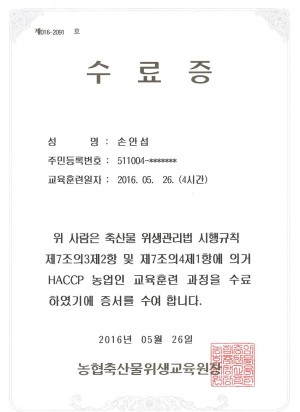
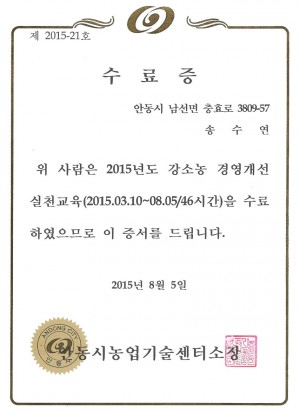
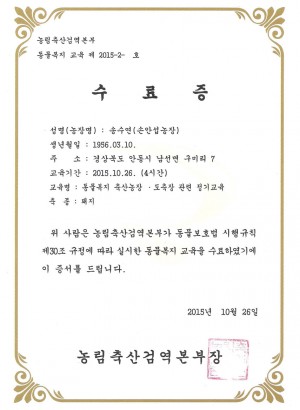
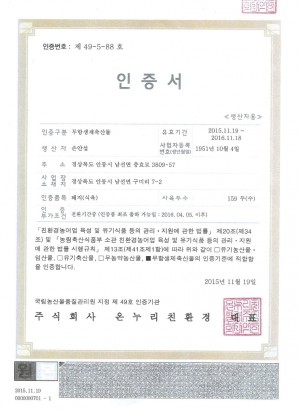
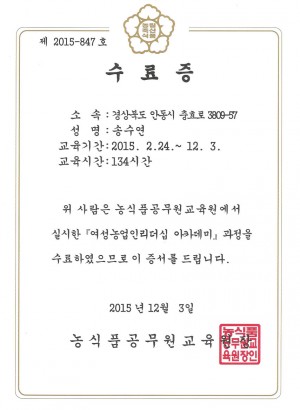
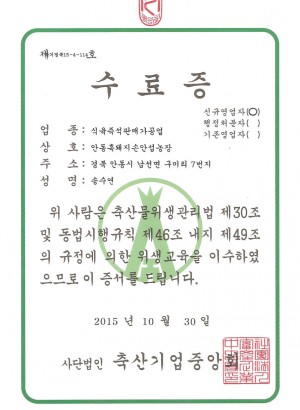
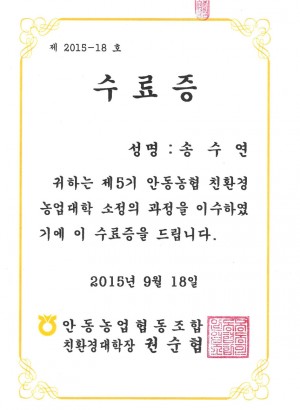
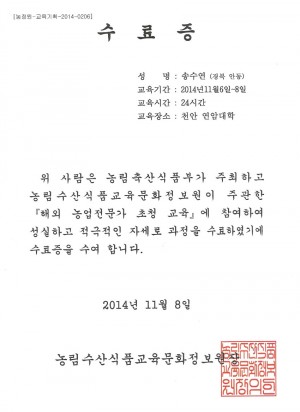

댓글목록
등록된 댓글이 없습니다.